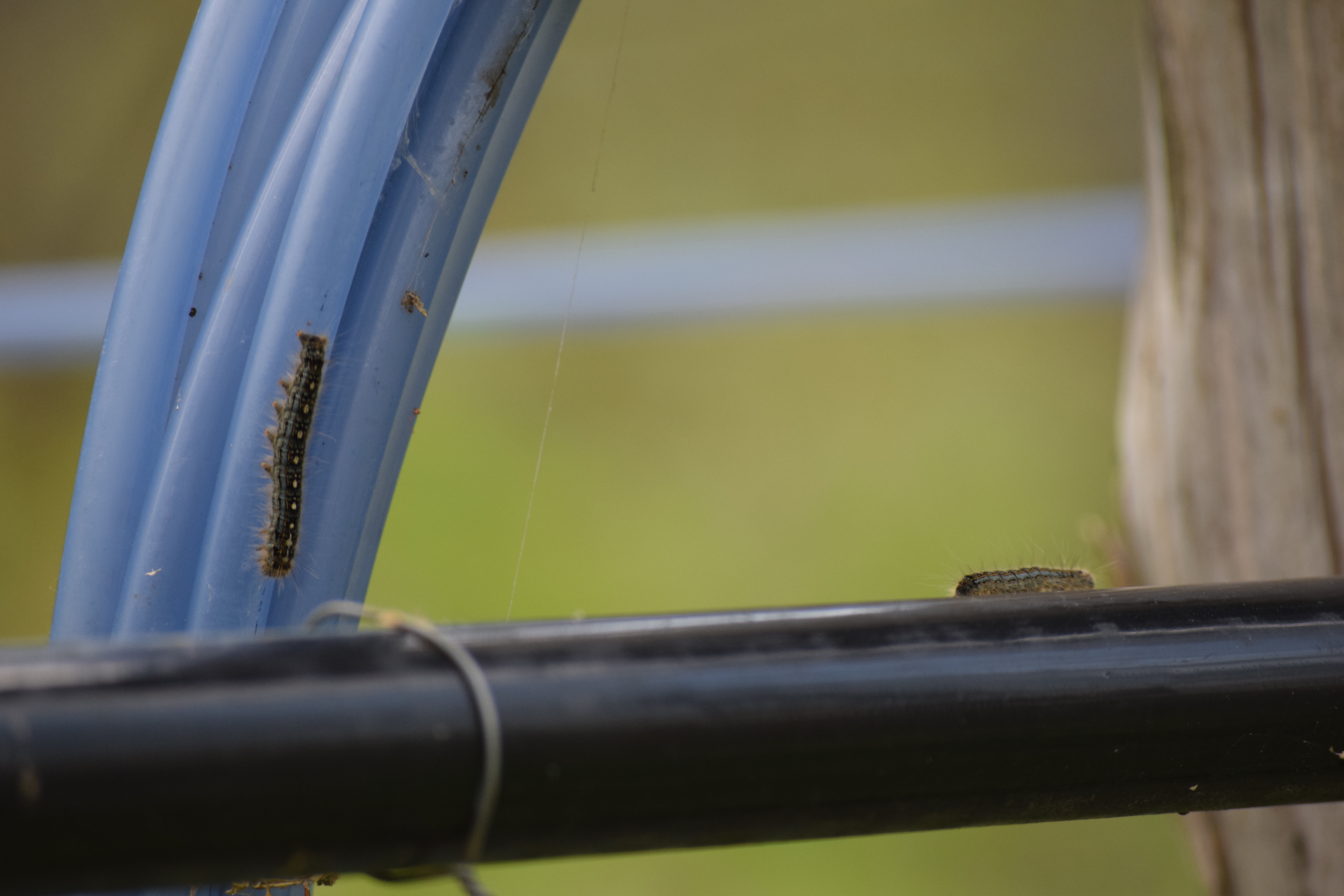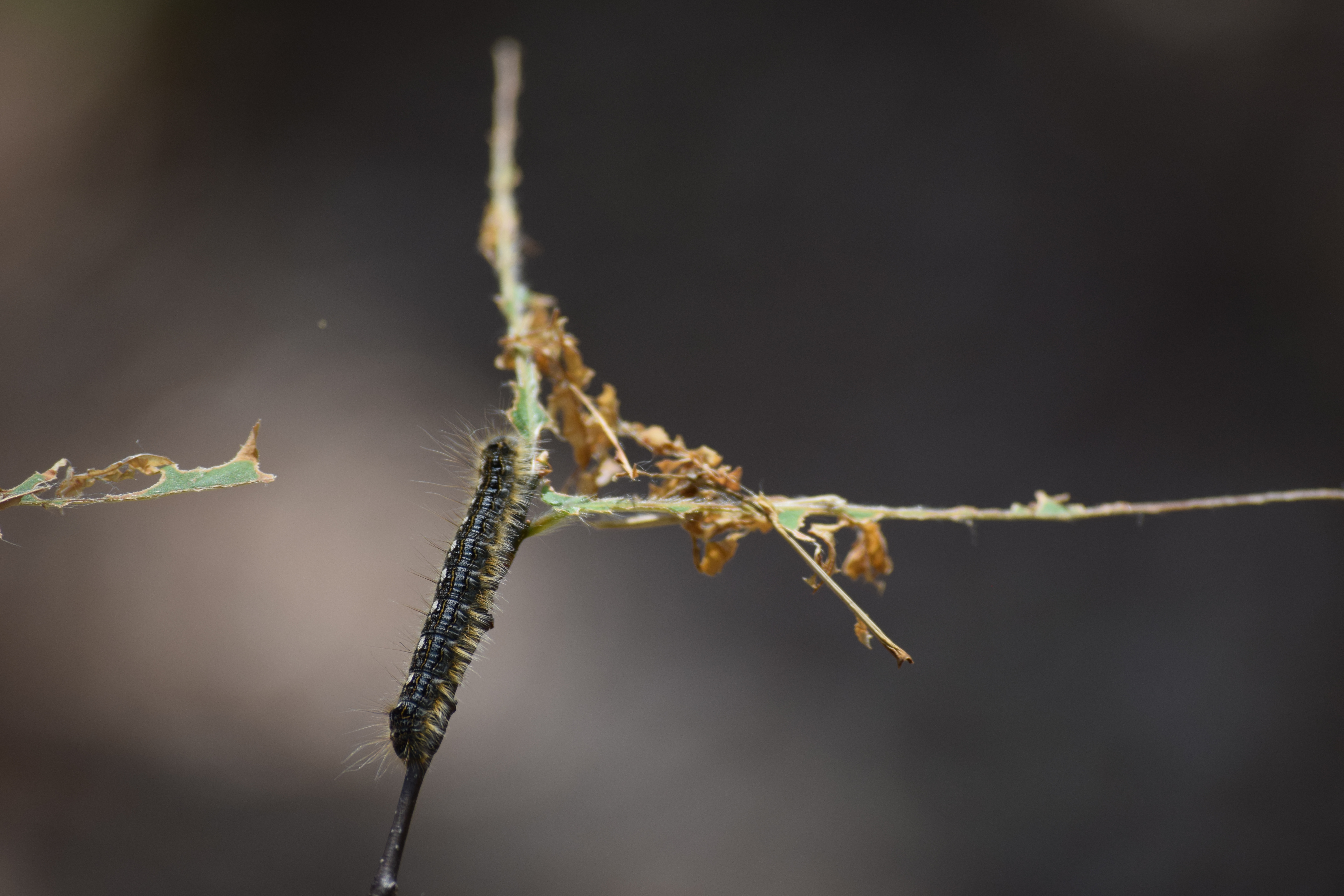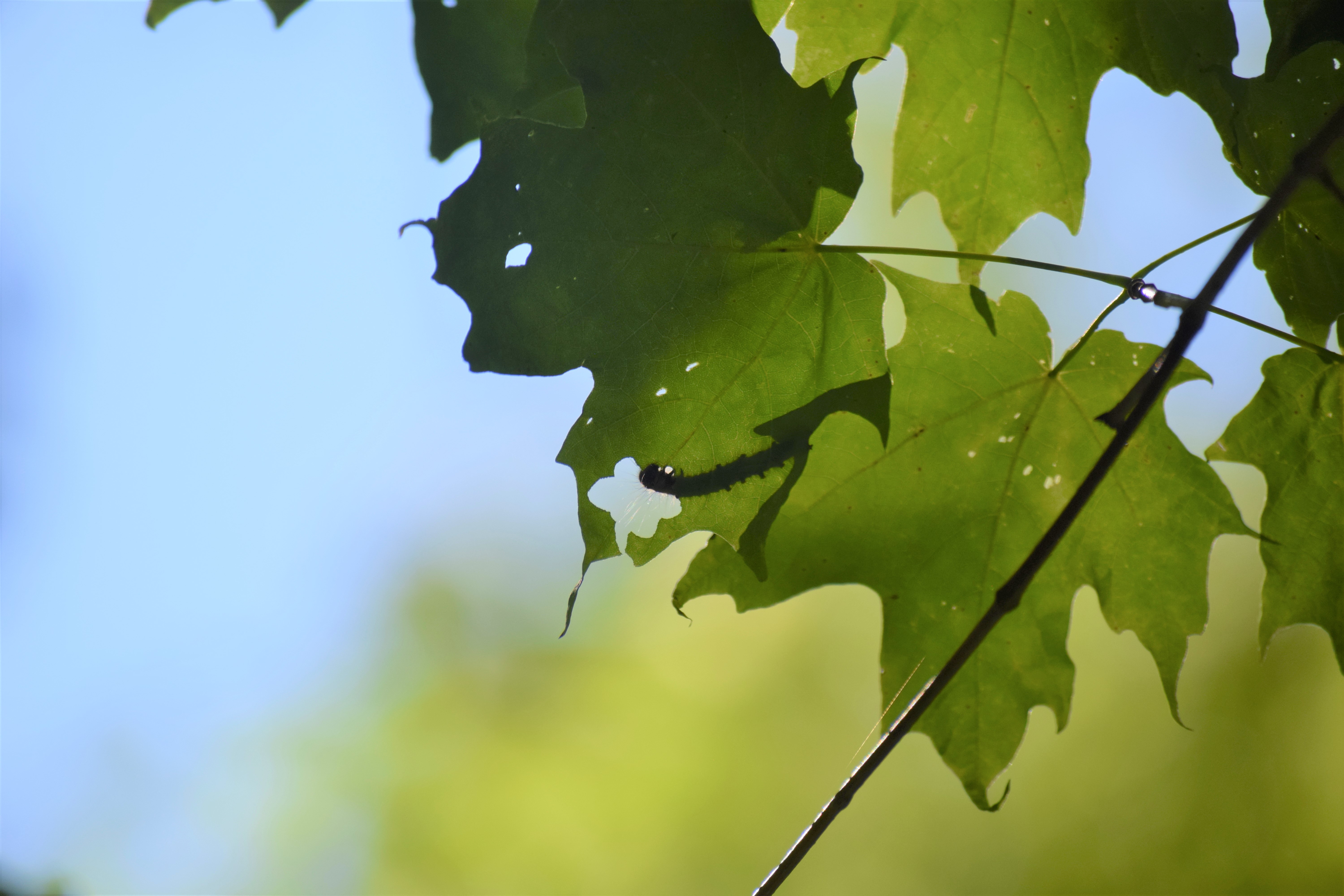Sugarbush Management
Forest tent caterpillars back on the crawl in Vermont
UVM counting affected acreage
By LEON THOMPSON | JUNE 20, 2018
BURLINGTON, Vt.—Just how many acres of maple trees will the forest tent caterpillar affect in Vermont this year — and possibly next?
State officials and maple industry experts in the Green Mountain State are using the remainder of this year to find an answer to that question.
By the end of July, the state will have sketched a map of Vermont that will help delineate specific areas of defoliation caused by the forest tent caterpillar this year.
Then, over this coming winter, The Vermont Department of Forest, Parks and Recreation will work with the Civil Air Patrol to conduct an arial egg mass survey of the entire state, to prepare for 2019.
Vermont is in its third straight year of a forest tent caterpillar outbreak. Eggs hatched in May, and the caterpillars started feeding in June.
In 2016, forest tent caterpillars caused 24,000 acres of defoliation in Vermont. That number more than doubled to 60,000 acres in 2017. Defoliation was mapped in each of Vermont’s 14 counties during both those years.
“It’s anyone’s guess what the number will be for 2018,” said Mark Isselhardt, UVM extenisoon maple specialist at the University of Vermont’s Proctor Maple Research Center. “There’s some concern there for sure, but we don’t know the extent of it.”
Forest tent caterpillars are native to much of North America, including Vermont. The species most commonly defoliated in Vermont are sugar maple and white ash, but forest tent caterpillars will feed on most deciduous species. Red maple is not a host.
Defoliation stunts tree growth and can have an impact on maple tapping for syrup production, but most trees will survive despite such setbacks, even if they are defoliated several years in a row, according to experts. Trees with high percentages of defoliation or dieback are more likely to die from an infestation of forest tent caterpillars.
Forest tent caterpillars are mostly blue, with white keyhole-shaped spots. In spite of their name, they do not create “tents” of webbing like their close relatives, the eastern tent caterpillars. Instead, forest tent caterpillars feed directly on leaves, rest in masses on the bark, and in mid-summer their cocoons can be seen rolled up inside leaves.
“They’re always here,” Isselhardt said, “but, occasionally, things combine to develop an outbreak,” such as drought-like conditions throughout much of the state during 2016.
Vermont has records of forest tent caterpillar outbreaks dating back to the late 1880s. The cycles generally last two to six years. The state record for defoliation was 310,000 acres in 2006.
“This is cyclical, and it’s been happening long before anyone even invented planes,” Isselhardt said. “It’s been happening for a millennia.”
Natural enemies of the forest tent caterpillar have brought previous outbreaks to an end before significant tree mortality occurred; they include a parasitic fly that feeds on the caterpillars in the summer and a viral pathogen that also reduces the population with no affect on trees.
The man-made remedy is BTK, a biological insecticide that has to be applied directly on the foliage to be effective. BTK can cause some defoliation, according to Isselhardt, but it targets the forest tent caterpillar’s digestive system.
“They stop feeding, and they die,” Isselhardt said.
BTK is not effective later in the caterpillar’s five-stage growth cycle, so application must happen early in the insect’s development, and leaves must be present.
Private landowners in Vermont an apply for a BTK application permit through the Vermont Agency of Agriculture, Food & Markets. Applicants must show evidence that their trees will likely be defoliation — information that is available in the annual egg mass surveys.
During egg mass surveys conducted last winter, the Forest, Parks and Recreation Department identified 70 separate properties. Thirteen of those properties are being sprayed this summer by a private applicator at a cost of about $35 per acre, according to Isselhardt.
The state permitted 5,209 for spraying this summer, mostly in northern Vermont. The forest tent caterpillars have been more prevalent in the northern part of the state during the last few years.
“It’s hard to say why, but we’re looking at that,” Isselhardt said.

































